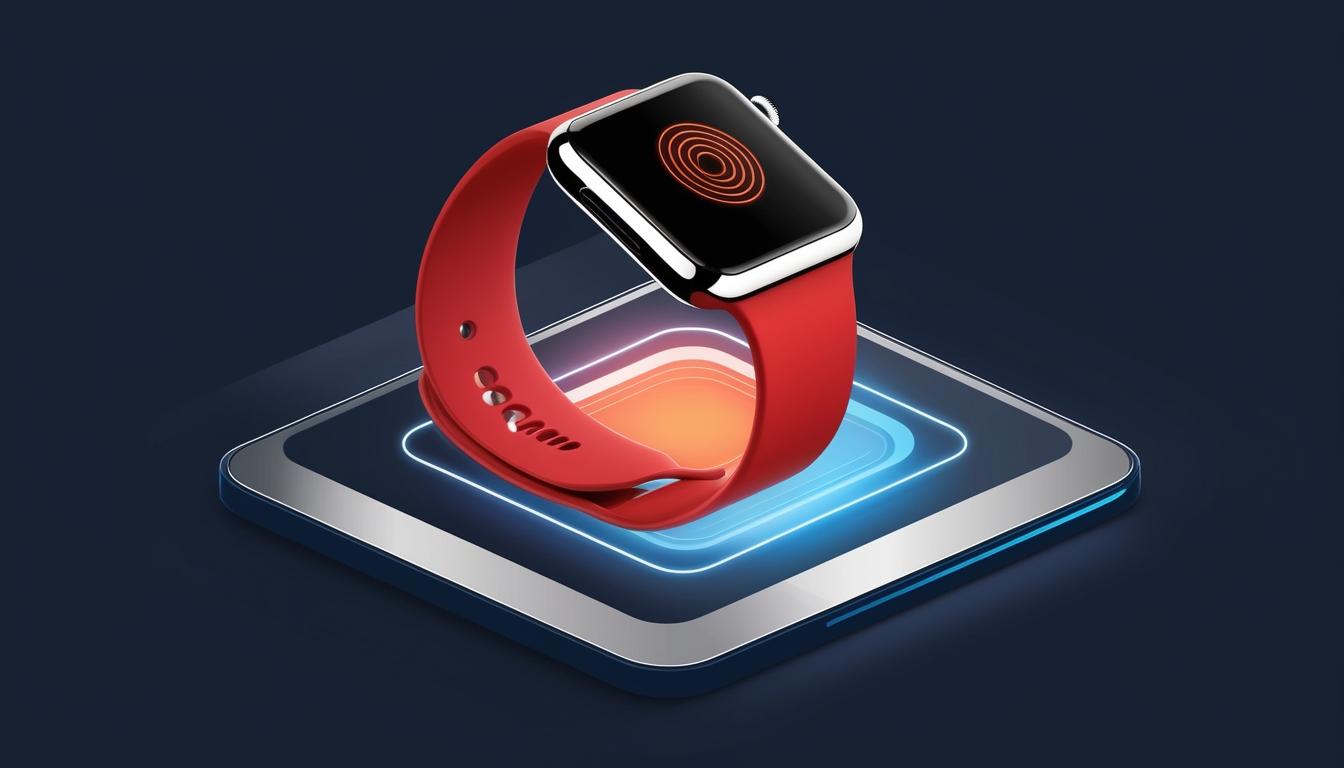The emergence of wearable devices capable of facilitating secure payments marks a significant shift in the banking sector, transitioning from what was once the realm of science fiction to a common reality. As users increasingly rely on RFID-enabled smartwatches, wristbands, and jewellery for banking transactions, the trend is gaining momentum, spurred by a surge in contactless transactions during the COVID-19 pandemic.
In recent years, there has been an estimated compound annual growth rate of 16.8 percent for wearable banking technologies, projected to extend until 2032. This surge has led financial institutions to innovate, integrating RFID systems into their offerings to enhance customer experiences.
A notable implementation is the No-Touch Payments feature, exemplified by Mastercard’s Tap & Go technology, which allows users to complete payment transactions swiftly and securely by simply tapping their devices on compatible terminals. The embedded smart chip in the wearable communicates account information to the terminal, ensuring seamless processing of payments.
Additionally, banks are utilising RFID tags for Courier Tracking, which enables the real-time monitoring of couriers transporting valuable assets such as cash, IT equipment, and sensitive documents. Data scanned onto a dispatcher’s smartwatch or fitness bracelet ensures continuous oversight of these deliverables.
RFID wearables also enhance online banking security. As cyber risks remain a significant concern, these devices function as physical tokens that pair with biometric data, making authentication processes more robust. Furthermore, they can securely store encrypted data, such as access codes, which are transmitted only after the device is verified.
Financial institutions are employing RFID technology to identify high-value clients efficiently. Devices equipped with RFID tags allow banks to recognize wealthy clients upon their entry, prompting special services that cater to these individuals’ specific needs.
RFID technology's compatibility with wearables offers several advantages: it enables wireless communication through radio frequency identification, allowing devices to interact with terminals without physical contact. Compact and energy-efficient RFID tags make them ideal for use in various fashion styles, from smartwatches to trendy jewellery and key fobs. Moreover, they exhibit a long read range of approximately 300 feet, further enhancing transaction efficiency.
However, the adoption of RFID technology in banking does face certain obstacles. Compatibility with the existing payment infrastructure remains a challenge, as not all merchants have transitioned to accepting contactless payments. This limitation can restrict the utility of RFID wearables in certain circumstances.
Cybersecurity also poses potential risks, as the data transmitted can be intercepted by malicious actors. As a result, there is a critical necessity for robust security features to protect users from potential threats, including tracking and data theft.
Battery life is another factor of concern. While many RFID wearables offer satisfactory performance, consumers must choose devices that align with their usage patterns. For users who require frequent transactions, devices with enhanced battery life or convenient charging options may be necessary.
Looking ahead, advancements in wearable technology are boundless, with innovations such as augmented reality glasses and biometric clothing set to redefine the landscape of banking services. These developments aim to merge fashion and technology, enhancing user experiences and customization.
Nevertheless, challenges still persist regarding consumer adoption. Privacy and security apprehensions could hinder users' willingness to embrace such devices. Nonetheless, improvements in RFID technology and greater integration into daily banking processes will be pivotal in altering consumer perceptions towards wearable banking technology.
As faith in RFID wearables continues to grow, they are poised to revolutionise banking interactions. Through ongoing innovation and the expansion of applications, the potential impact of these devices on the banking industry promises to unlock new horizons for secure banking transactions.
Source: Noah Wire Services
